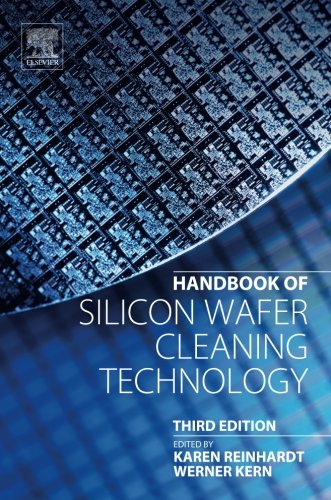

Most ebook files are in PDF format, so you can easily read them using various software such as Foxit Reader or directly on the Google Chrome browser.
Some ebook files are released by publishers in other formats such as .awz, .mobi, .epub, .fb2, etc. You may need to install specific software to read these formats on mobile/PC, such as Calibre.
Please read the tutorial at this link: https://ebookbell.com/faq
We offer FREE conversion to the popular formats you request; however, this may take some time. Therefore, right after payment, please email us, and we will try to provide the service as quickly as possible.
For some exceptional file formats or broken links (if any), please refrain from opening any disputes. Instead, email us first, and we will try to assist within a maximum of 6 hours.
EbookBell Team

4.1
10 reviewsHandbook of Silicon Wafer Cleaning Technology, Third Edition, provides an in-depth discussion of cleaning, etching and surface conditioning for semiconductor applications. The fundamental physics and chemistry associated with wet and plasma processing are reviewed, including surface and colloidal aspects. This revised edition includes the developments of the last ten years to accommodate a continually involving industry, addressing new technologies and materials, such as germanium and III-V compound semiconductors, and reviewing the various techniques and methods for cleaning and surface conditioning. Chapters include numerous examples of cleaning technique and their results.
The book helps the reader understand the process they are using for their cleaning application and why the selected process works. For example, discussion of the mechanism and physics of contamination, metal, particle and organic includes information on particle removal, metal passivation, hydrogen-terminated silicon and other processes that engineers experience in their working environment. In addition, the handbook assists the reader in understanding analytical methods for evaluating contamination.
The book is arranged in an order that segments the various cleaning techniques, aqueous and dry processing. Sections include theory, chemistry and physics first, then go into detail for the various methods of cleaning, specifically particle removal and metal removal, amongst others.